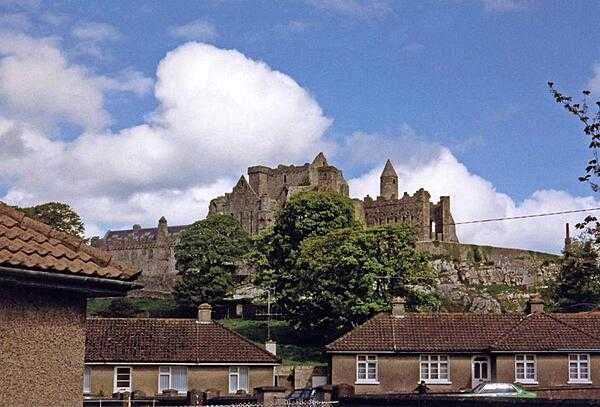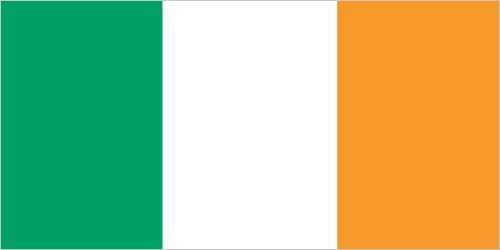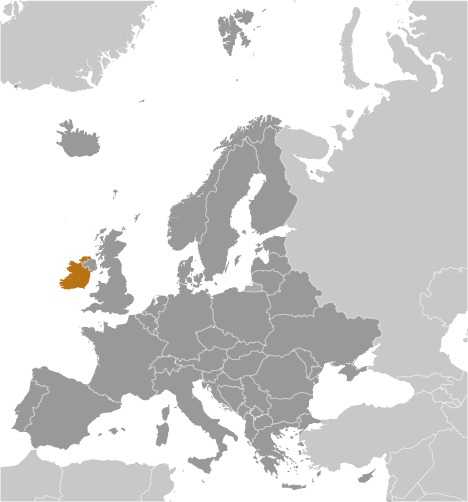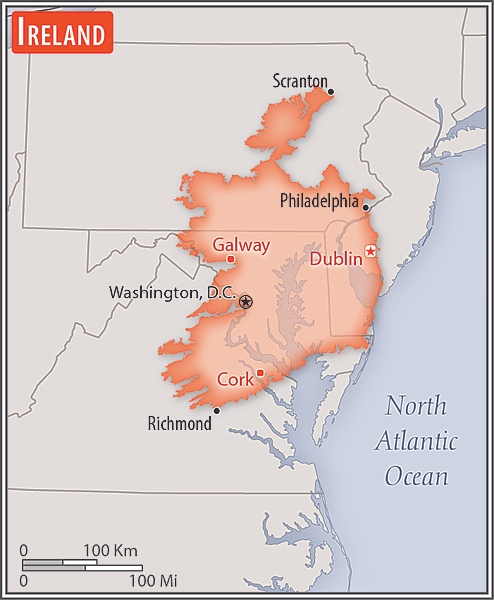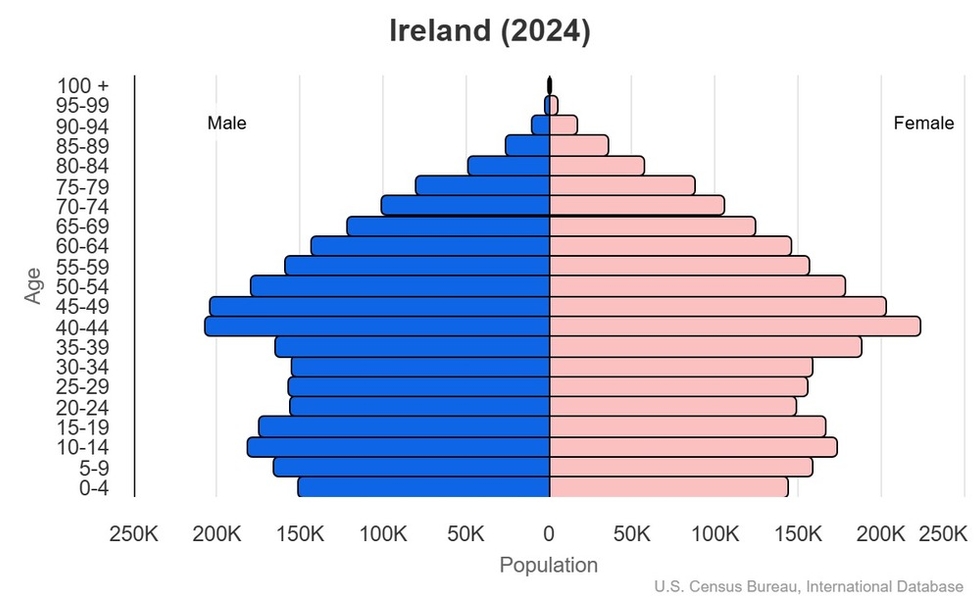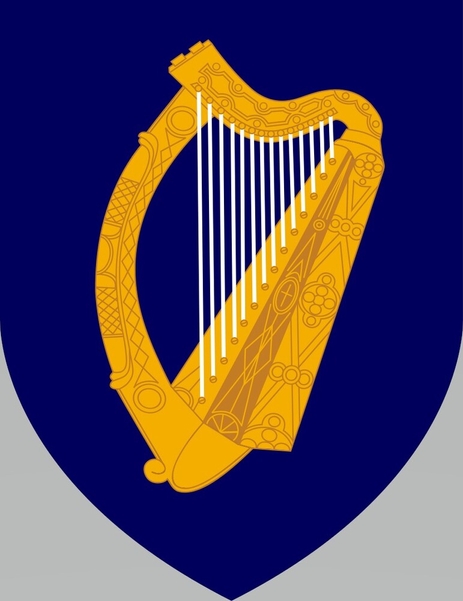Introduction
Visit the Definitions and Notes page to view a description of each topic.
Geography
People and Society
Population
comparison rankings: total 124; male 124; female 123
Median age
comparison ranking: total 60
Population growth rate
comparison ranking: 100
Birth rate
comparison ranking: 163
Death rate
comparison ranking: 104
Net migration rate
comparison ranking: 17
Maternal mortality ratio
comparison ranking: 174
Infant mortality rate
comparison ranking: total 198
Life expectancy at birth
comparison ranking: total population 36
Total fertility rate
comparison ranking: 158
Obesity - adult prevalence rate
comparison ranking: 51
Alcohol consumption per capita
comparison ranking: total 15
Tobacco use
comparison ranking: total 94
Education expenditure
comparison ranking: Education expenditure (% GDP) 152
Environment
Carbon dioxide emissions
comparison ranking: total emissions 67
Government
Economy
Real GDP (purchasing power parity)
comparison ranking: 42
Real GDP growth rate
comparison ranking: 171
Real GDP per capita
comparison ranking: 5
Inflation rate (consumer prices)
comparison ranking: 56
GDP - composition, by sector of origin
comparison rankings: agriculture 174; industry 50; services 78
Industrial production growth rate
comparison ranking: 178
Labor force
comparison ranking: 115
Unemployment rate
comparison ranking: 72
Youth unemployment rate (ages 15-24)
comparison ranking: total 111
Gini Index coefficient - distribution of family income
comparison ranking: 120
Public debt
comparison ranking: 118
Taxes and other revenues
comparison ranking: 78
Current account balance
comparison ranking: 16
Reserves of foreign exchange and gold
comparison ranking: 74
Energy
Electricity
comparison rankings: installed generating capacity 62; consumption 67; exports 78; imports 53; transmission/distribution losses 135
Energy consumption per capita
comparison ranking: 37
Communications
Telephones - fixed lines
comparison ranking: total subscriptions 67
Telephones - mobile cellular
comparison ranking: total subscriptions 123
Broadband - fixed subscriptions
comparison ranking: total 67
Transportation
Merchant marine
comparison ranking: total 93
